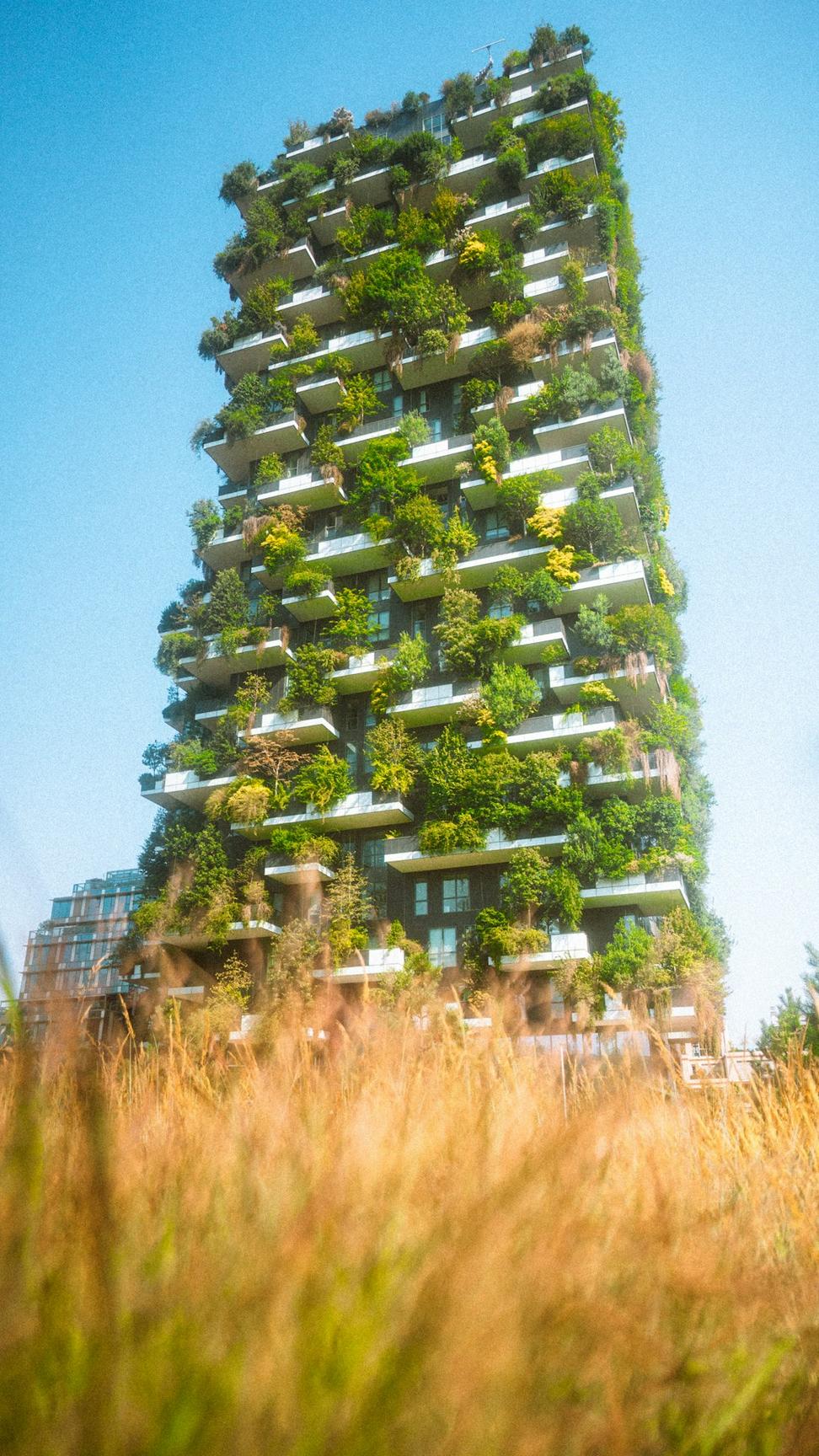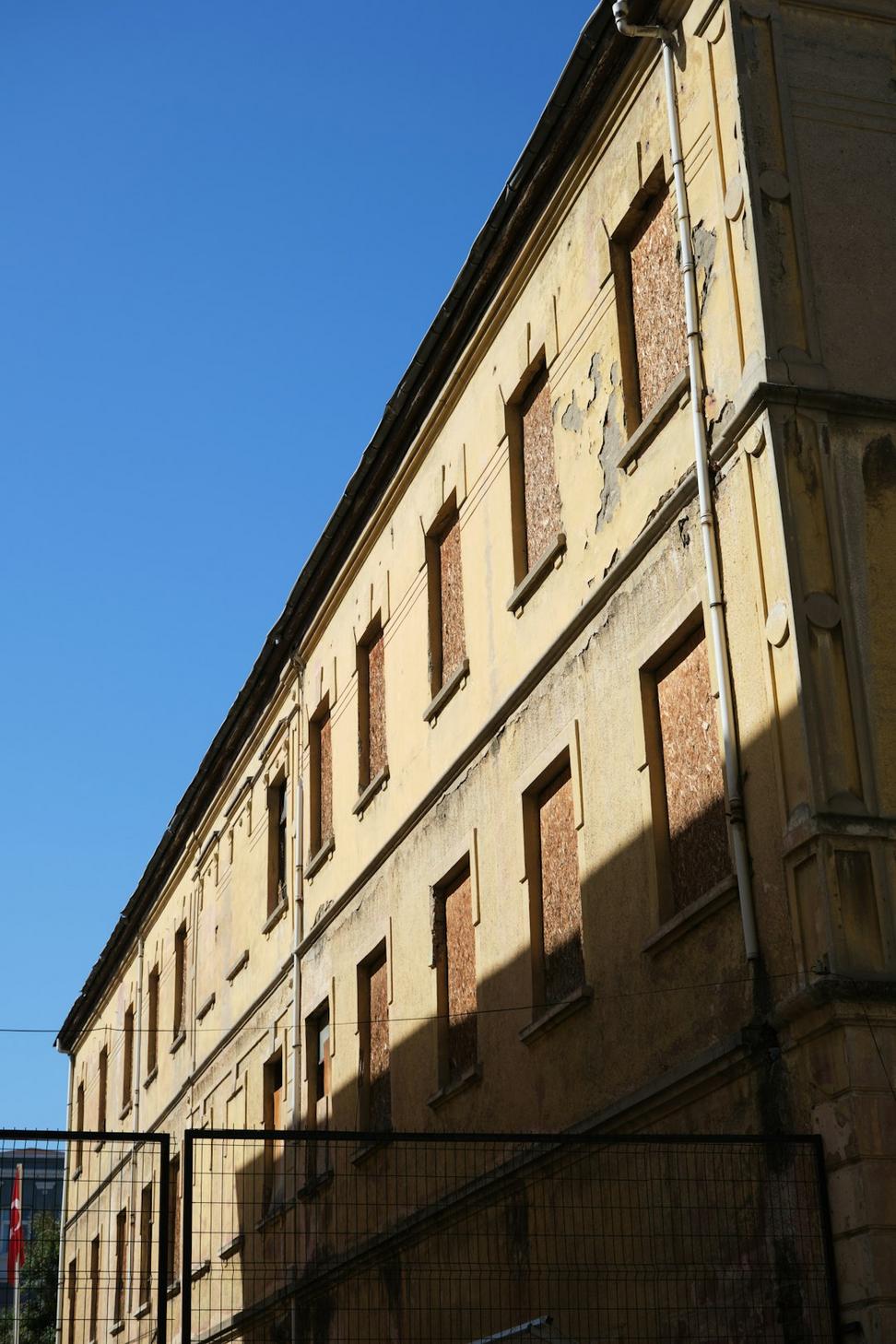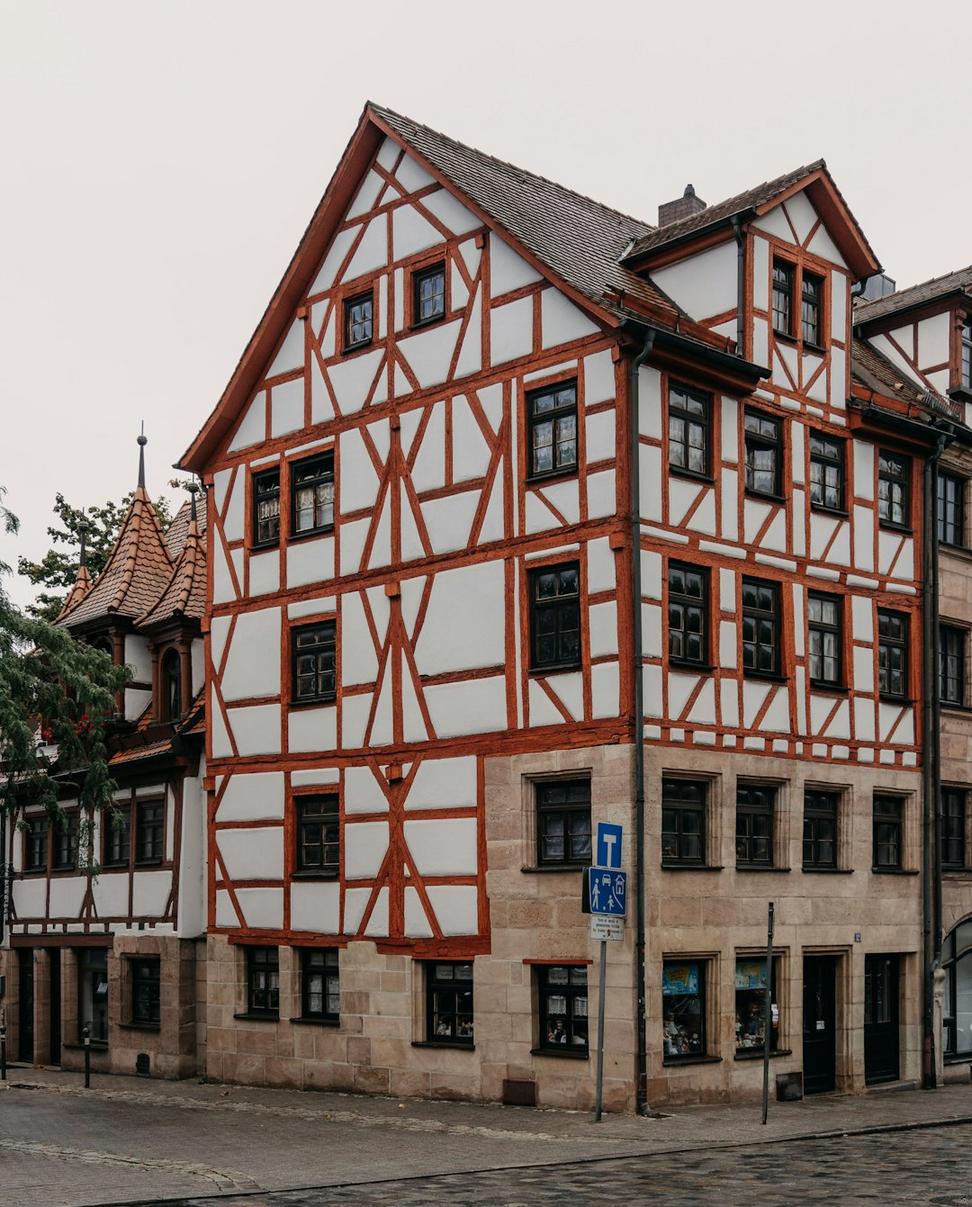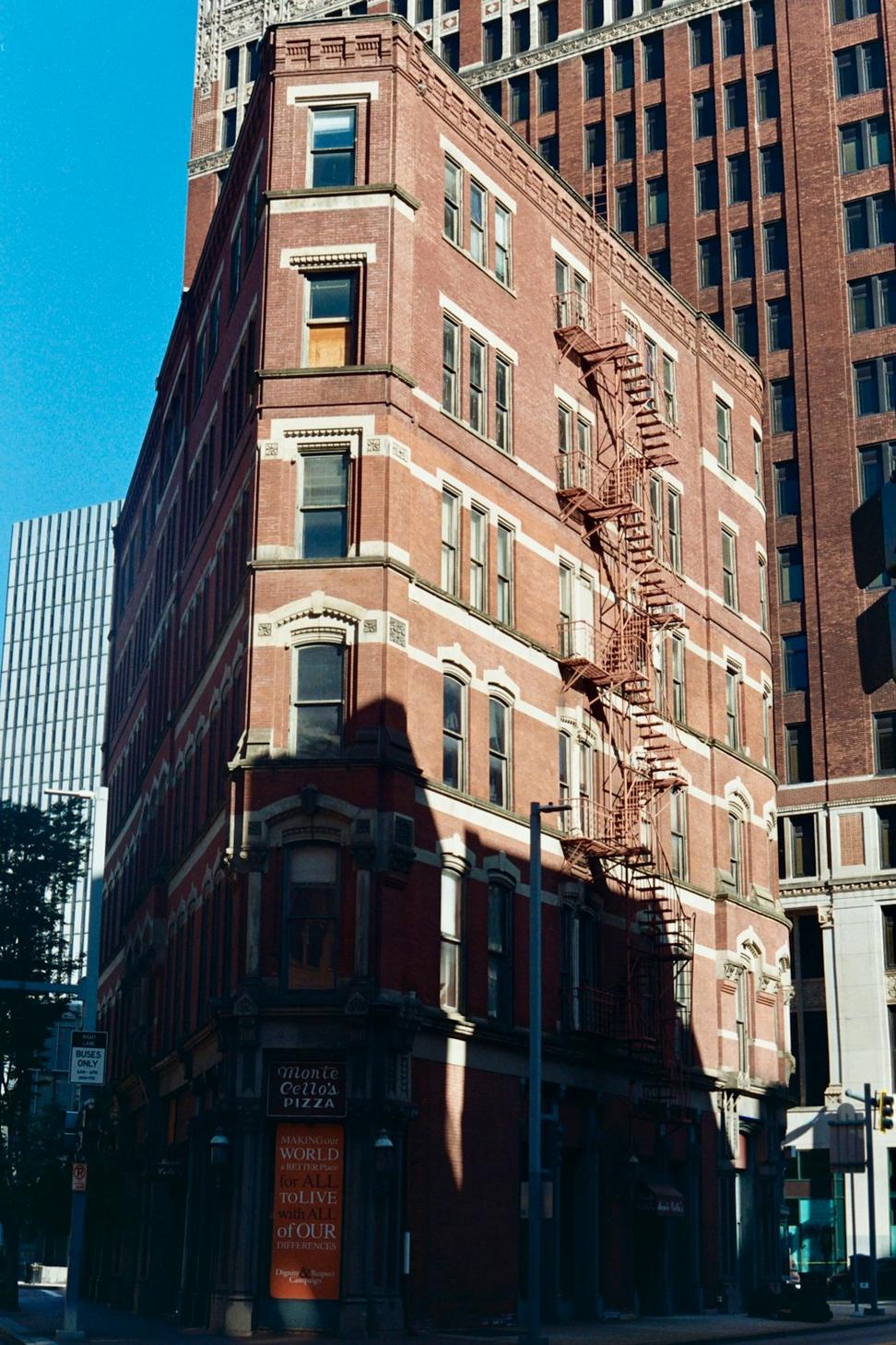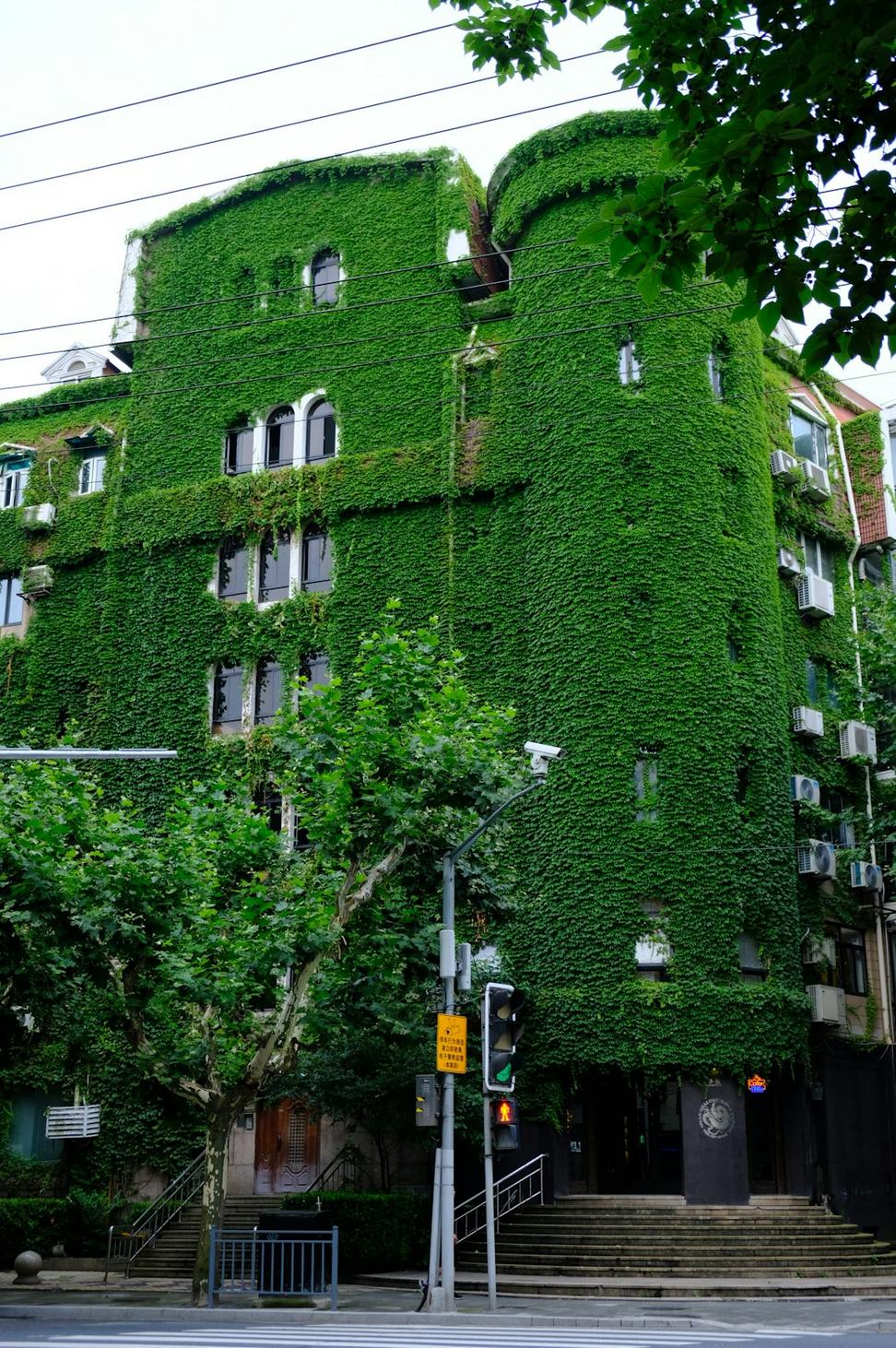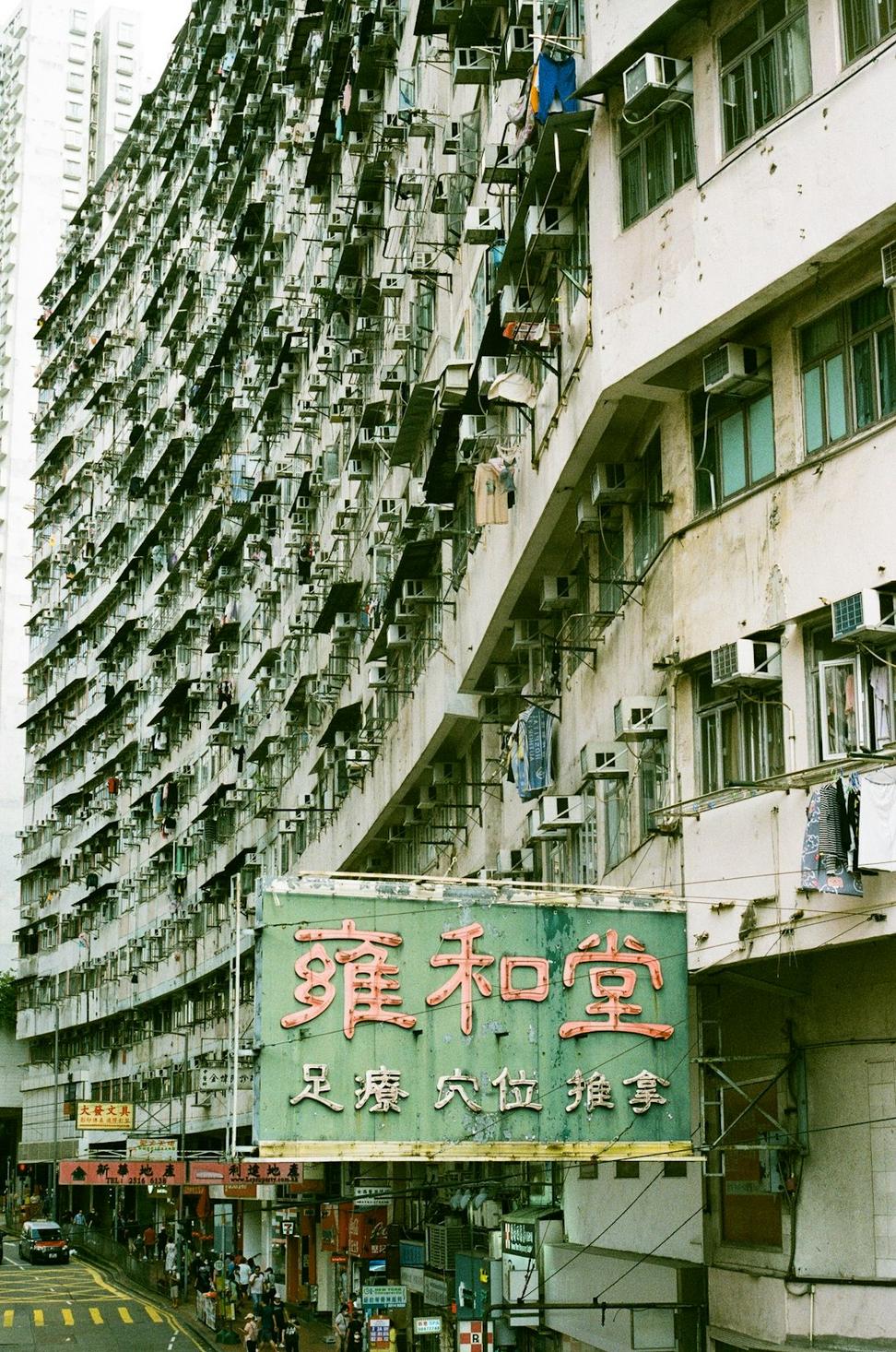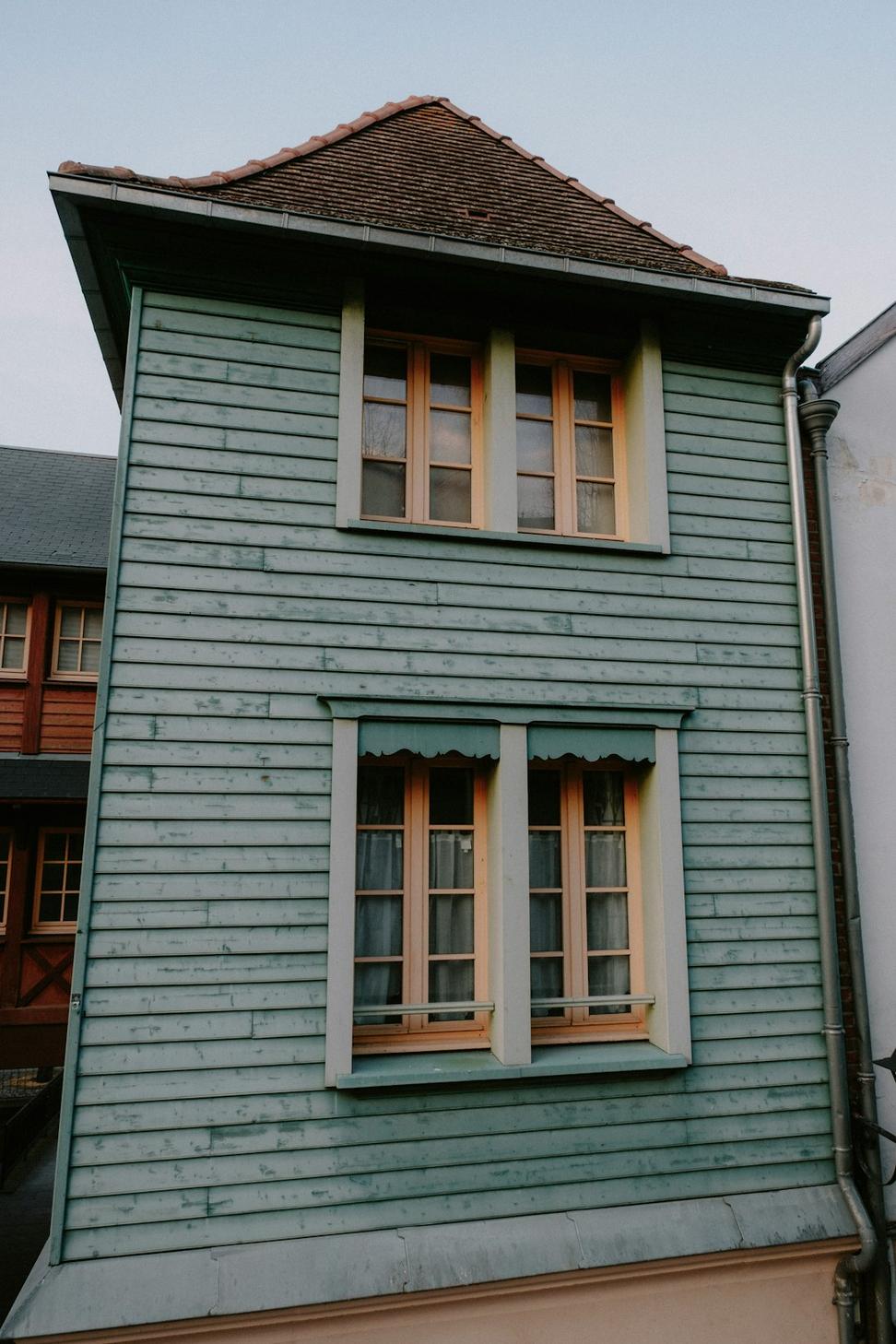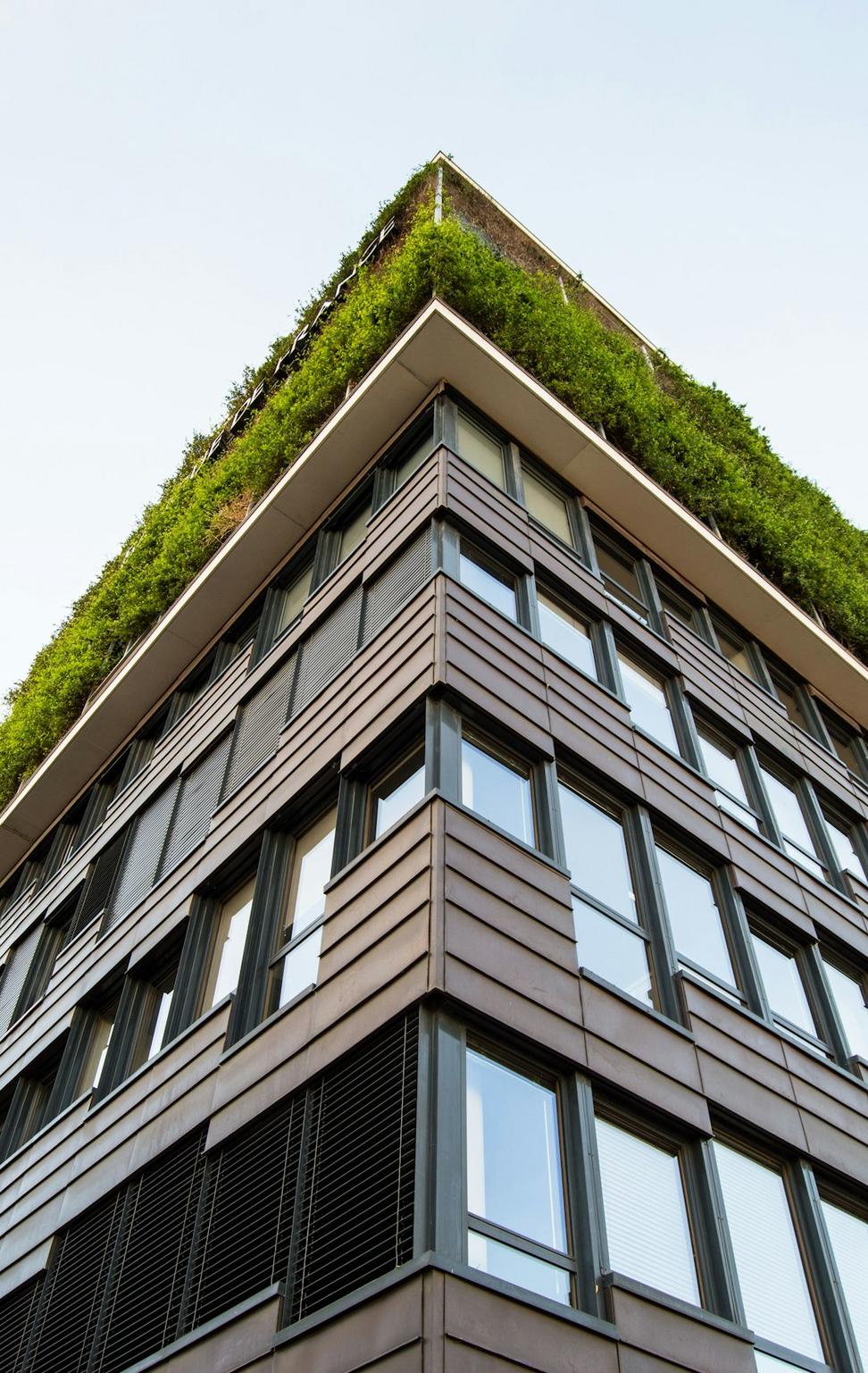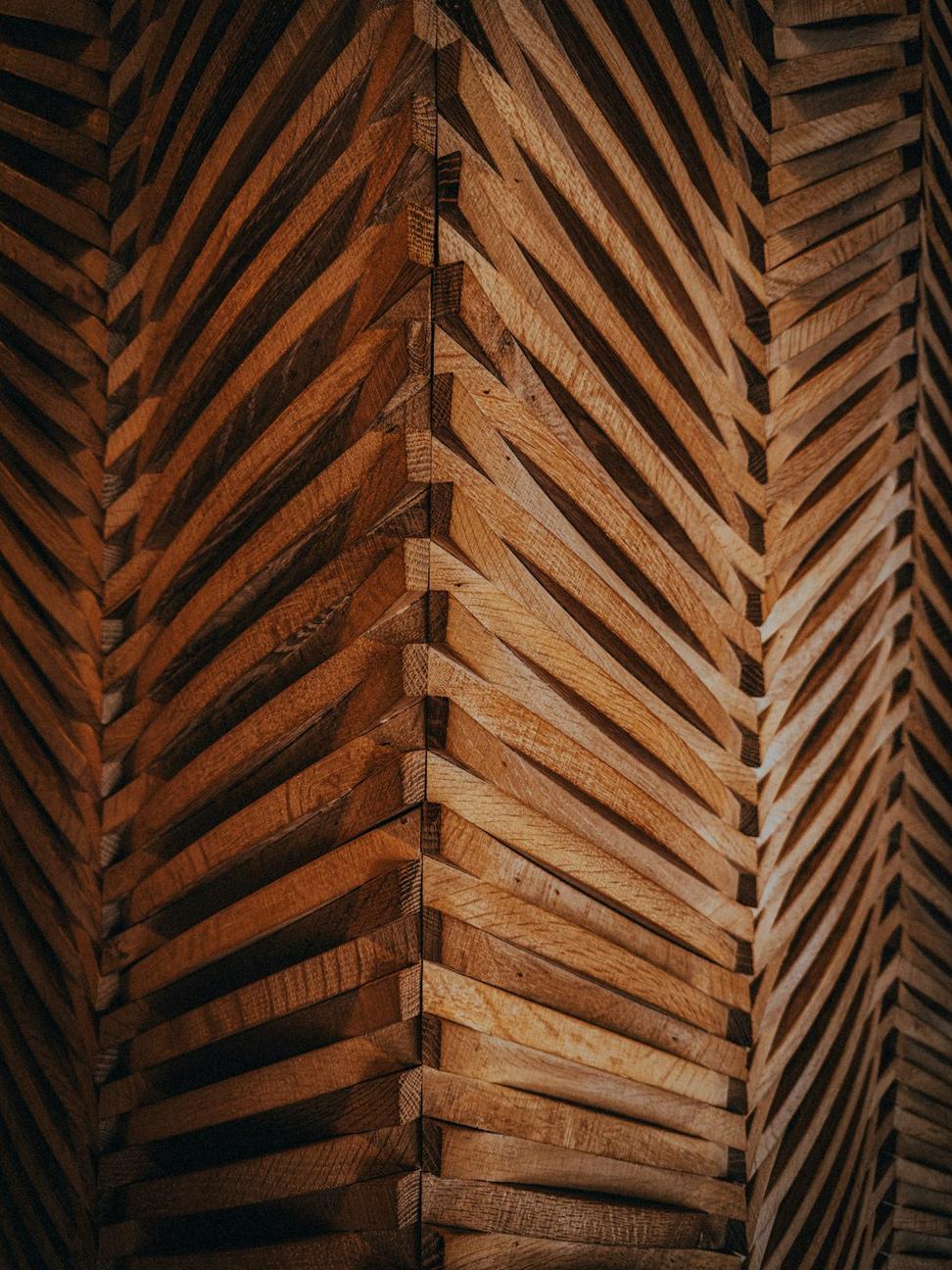Building Tomorrow, Respecting Yesterday
Look, we're not gonna sugarcoat it - sustainable design isn't just trendy eco-talk for us. It's literally how we approach every single project that comes through our doors. We've been doing this long enough to see what works and what's just greenwashing nonsense.
Real metrics. Real impact. No fluff.
